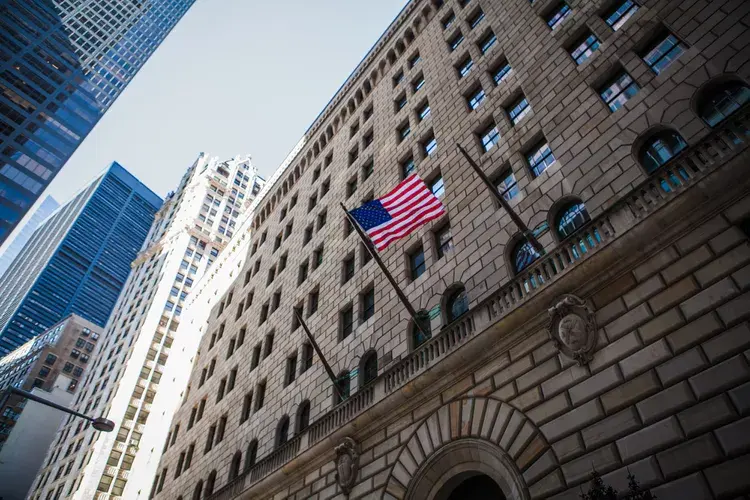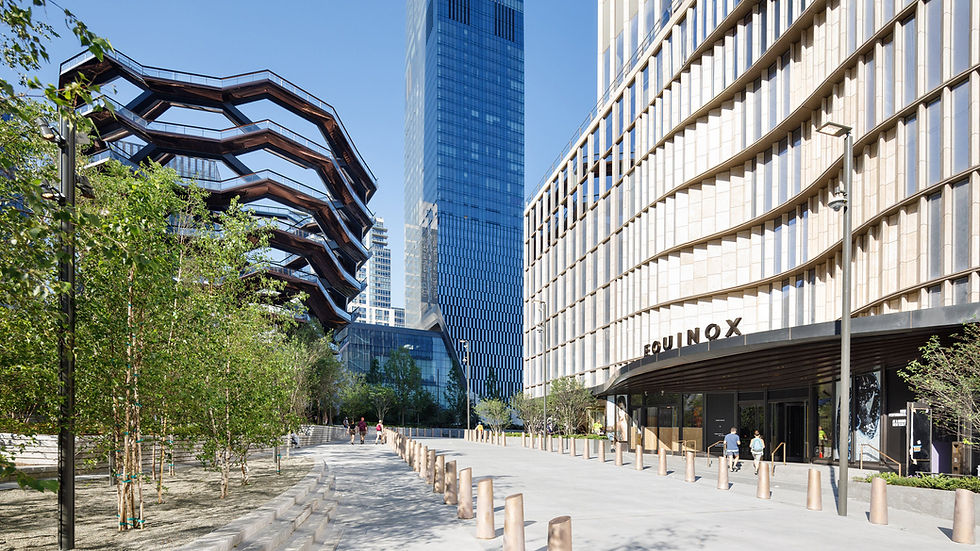Weekly Market Report - July 21, 2022
- Norman Bobrow

- Jul 21, 2022
- 5 min read
***
Meta, Facebook’s parent company now has 1.02 Million sq ft under lease, while Facebook is 1M sq ft. Amazon has a little under $1M sq ft and Google has 2.9M sq ft in NYC. Both Meta and Amazon are backing away from their plans to expand in New York City. Neither has signaled any intent to eliminate space they already have in the city, but are backing off potential deals to add space. Meta, the parent company of Facebook, was reportedly planning on taking 300,000 square feet of additional space at Vornado Realty Trust’s 770 Broadway, where the company already has a large swath of space. The lease would have brought the company footprint to more than 800,000 square feet at the office building. The space Meta was interested in was formerly leased by Verizon.
Four years ago, Meta made its most recent expansion at the building, signing a lease for 78,000 square feet to hit 513,000 square feet in the building. Meta didn’t comment specifically on the 770 Broadway decision to the outlet, but noted the company remains committed to the city. The company in 2020 leased 730,000 square feet at the redeveloping Farley Post Office, which remains in the works. The company also paused plans to build out further offices at Hudson Yards. Amazon is also reportedly retreating from an office expansion in the city after the tech giant was in talks for an undetermined amount of space at 5 Manhattan West in Hudson Yards. Amazon still has plenty of space in Hudson Yards. In 2019, the company signed a 335,000-square-foot lease at 410 Tenth Avenue. One year later, 601W Companies purchased the building for $952.5 million.
***
A funding agreement has been reached for the multibillion-dollar redevelopment of New York’s aging Penn Station, the country’s busiest rail hub. Gov. Kathy Hochul and Mayor Eric Adams announced details of the deal Monday. The plan would create new commercial and residential buildings around the station, with those building’s developers getting to make payments in lieu of taxes for a period of 40 to 45 years. The amount collected in excess of existing property taxes would be applied to the project. That money would contribute more than $1 billion to pay for improvements to streets, sidewalks and other public spaces, as well as 50% of the improvements to transit infrastructure including underground concourses and subway entrances. The reconstruction of the station and the first phase of the improvements to public spaces is expected to cost roughly $8 billion.
As part of the agreement, the city and state have committed to establishing a shared city-state governance entity to oversee public realm improvements and ensure comprehensive and coordinated planning and implementation. The state has committed $1.3 billion for the initial reconstruction of the station. The rest of the cost is expected to be filled by federal dollars and contributions from New York, New Jersey and other public sources. The funding agreement still needs final approval from the state’s Public Authorities Control Board, which oversees project-related financing for the state’s public authorities.
***
When Uber decided to consolidate three offices under one roof at 3 World Trade Center, it wanted to prove its New York City bonafides by theming each of its floors around different aspects of the five boroughs, mixing restaurants, modes of transportation and neighborhoods. The tech company worked with Interior Architects’ Jeonghwa Jo to design four of its five floors around a distinct form of transportation, including ferries, air travel, biking and the subway.
The 220,000-square-foot space welcomes visitors with an abstracted black-and-white map of New York City on the wall in the elevator lobby and the reception area on the 47th floor, which also has two open lounge areas dotted with orange and brown midcentury couches. Across from the reception desk is a black staircase surrounded by thin black bars and topped with a mirrored ceiling, to help create a sense of movement. Downstairs is the main amenity floor, which includes a gym with a separate group workout classroom, a cafeteria with a rotating daily menu, a large cafe area that can double as a town hall meeting space, and a large meeting room that can be converted into smaller conference rooms with a movable wall.
***
New York City’s multifamily development faces an unsettled future following the expiration of the main tax incentive for affordable housing, real-estate investors and analysts say. The Affordable New York tax provision, commonly known as 421a, offered a property tax exemption for housing projects in New York City that include a percentage of units earmarked for lower-income renters. Nearly 70% of rental housing built over the past decade used the tax abatement. But the 51-year-old program expired in June when state lawmakers ended their session without renewing or replacing it. That has left plenty of New York City developers in a bind, scrambling to complete rental projects they started before the provision lapsed or switching gears and building other types of properties.
At the end of the first quarter, New York City issued 38.1% more permits than the same time last year, according to the city’s Rent Guidelines Board. Real-estate investors had to install a project’s foundation with a permit before June 15, and will have to complete construction before June 15, 2026, to receive the tax break. Many developers will likely stop pursuing their rental projects, either waiting for a 421a replacement or instead looking to shift to constructing condominiums or nonresidential properties.
The Durst Organization, for example, had plans to develop seven mixed-income and fully affordable buildings in Astoria, Queens. The first building was completed, and the next three broke ground in time to qualify for the tax break. But the last three buildings, which were to include 600 to 700 new mixed-income and affordable rental units, “won’t move forward until there’s a comparable tax tool to 421a,” said Jordan Barowitz, Durst’s vice president of public affairs. His company, like many others, has no plans to turn its rental units into condominiums.
Condos offer better tax treatment and might generate larger profits, but the cost of converting mid-construction coupled with current fluctuations in market demand make these conversions high-risk, developers say. Not all multifamily construction will cease. Some officials say the rise in building permits will keep it going long enough to buy time before the tax program’s absence is felt in the housing supply. The surge of permits will likely be enough to boost rental supply for the next couple of years.









Comments